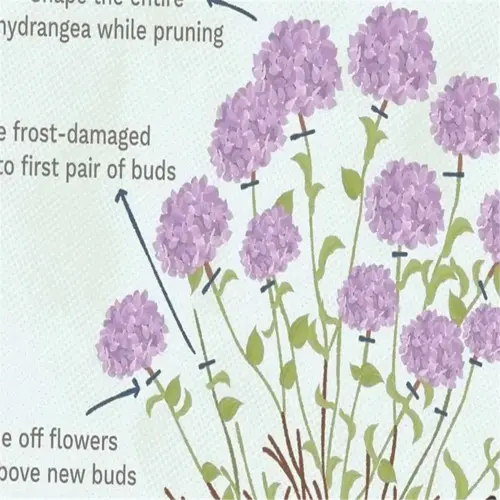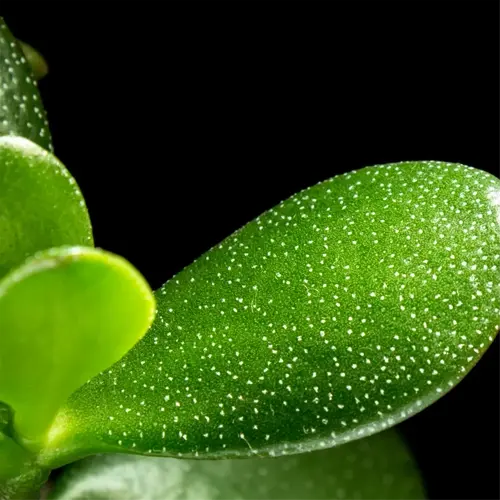What plants benefit most from worm castings?

Written by
Tina Carter
Reviewed by
Prof. Martin Thorne, Ph.D.The benefits of worm castings are certainly maximized when utilized with the appropriate plants. For instance, heavy feeders, including tomatoes and peppers, effectively utilize these castings' slow-release nutrients. Flowering plants, including roses, develop more vibrant colors. Container herbs resist pests, and it is worth noting that all of this is accomplished without chemical additives!
Vegetable Garden Optimization
- Amend soil with 1-2 cups per plant pre-planting
- Reapply monthly during fruiting stages
- Combine with mulch to retain moisture
Container Plant Care
- Use 10% castings in potting mix
- Top-dress quarterly for sustained nutrition
- Avoid overwatering to prevent compaction
Science provides clarity regarding heavy feeders. For instance, tomatoes take up 60% more phosphorus when fruiting than leafy greens do. The castings provide that through mineralized bones meal left as residues in the casting. Peppers use magnesium to produce chlorophyll necessary for photosynthesis in cloudy summer days.
Annuals
- Soak seeds in casting tea for faster germination
- Side-dress when buds form
- Deadhead spent blooms to redirect nutrients
Perennials
- Apply in early spring as growth resumes
- Protect crowns with winter casting mulch
- Divide plants every 3 years to refresh soil
Do not overapply castings on succulents, as their shallow root system does not like moisture retention in potting mixes. For cacti, a 5% blend of castings along with gritty sand, is all that is necessary. Be vigilant for a sign of etiolating or stretching, as this may signal that there is too much nitrogen from castings, and dilution is needed.
Read the full article: 10 Worm Castings Benefits You Need to Know

